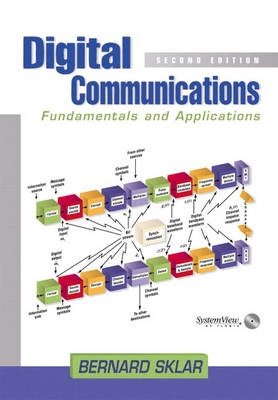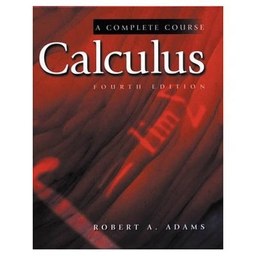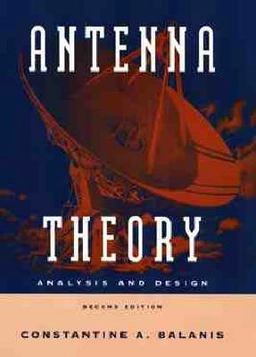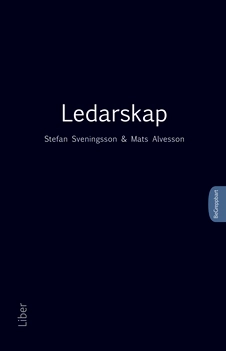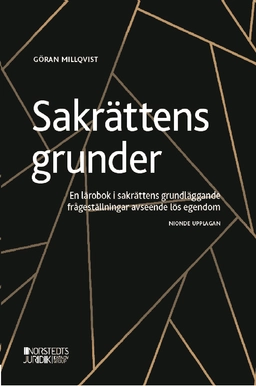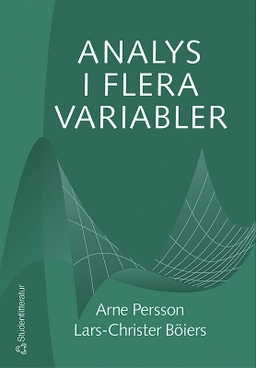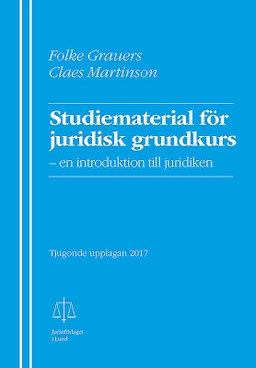(NOTE: Each chapter concludes with a Conclusion, References, Problems, Questions, and CD Exercises.)
1. Signals and Spectra.
Digital Communication Signal Processing. Classification of Signals. Spectral Density. Autocorrelation. Random Signals. Signal Transmission through Linear Systems. Bandwidth of Digital Data.
2. Formatting and Baseband Modulation.
Baseband Systems. Formatting Textual Data (Character Coding). Messages, Characters, and Symbols. Formatting Analog Information. Sources of Corruption. Pulse Code Modulation. Uniform and Nonuniform Quantization. Baseband Modulation. Correlative Coding.
3. Baseband Demodulation/Detection.
Signals and Noise. Detection of Binary Signals in Gaussian Noise. Intersymbol Interference. Equalization.
4. Bandpass Modulation and Demodulation/Detection.
Why Modulate? Digital Bandpass Modulation Techniques. Detection of Signals in Gaussian Noise. Coherent Detection. Noncoherent Detection. Complex Envelope. Error Performance for Binary Systems. M-ary Signaling and Performance. Symbol Error Performance for M-ary Systems (M>>2).
5. Communications Link Analysis.
What the System Link Budget Tells the System Engineer. The Channel. Received Signal Power and Noise Power. Link Budget Analysis. Noise Figure, Noise Temperature, and System Temperature. Sample Link Analysis. Satellite Repeaters. System Trade-Offs.
6. Channel Coding: Part 1.
Waveform Coding. Types of Error Control. Structured Sequences. Linear Block Codes. Error-Detecting and Correcting Capability. Usefulness of the Standard Array. Cyclic Codes. Well-Known Block Codes.
7. Channel Coding: Part 2.
Convolutional Encoding. Convolutional Encoder Representation. Formulation of the Convolutional Decoding Problem. Properties of Convolutional Codes. Other Convolutional Decoding Algorithms.
8. Channel Coding: Part 3.
Reed-Solomon Codes. Interleaving and Concatenated Codes. Coding and Interleaving Applied to the Compact Disc Digital Audio System. Turbo Codes.
Appendix 8A. The Sum of Log-Likelihood Ratios.
9. Modulation and Coding Trade-Offs.
Goals of the Communications System Designer. Error Probability Plane. Nyquist Minimum Bandwidth. Shannon-Hartley Capacity Theorem. Bandwidth Efficiency Plane. Modulation and Coding Trade-Offs. Defining, Designing, and Evaluating Systems. Bandwidth-Efficient Modulations. Modulation and Coding for Bandlimited Channels. Trellis-Coded Modulation.
10. Synchronization.
Introduction. Receiver Synchronization. Network Synchronization.
11. Multiplexing and Multiple Access.
Allocation of the Communications Resource. Multiple Access Communications System and Architecture. Access Algorithms. Multiple Access Techniques Employed with INTELSAT. Multiple Access Techniques for Local Area Networks.
12. Spread-Spectrum Techniques.
Spread-Spectrum Overview. Pseudonoise Sequences. Direct-Sequence Spread-Spectrum Systems. Frequency Hopping Systems. Synchronization. Jamming Considerations. Commercial Applications. Cellular Systems.
13. Source Coding.
Sources. Amplitude Quantizing. Differential Pulse-Code Modulation. Adaptive Prediction. Block Coding. Transform Coding. Source Coding for Digital Data. Examples of Source Coding.
14. Encryption and Decryption.
Models, Goals, and Early Cipher Systems. The Secrecy of a Cipher System. Practical Security. Stream Encryption. Public Key Cryptosystems. Pretty Good Privacy.
15. Fading Channels.
The Challenge of Communicating over Fading Channels. Characterizing Mobile-Radio Propagation. Signal Time-Spreading. Time Variance of the Channel Caused by Motion. Mitigating the Degradation Effects of Fading. Summary of the Key Parameters Characterizing Fading Channels. Applications: Mitigating the Effects of Frequency-Selective Fading.
A. A Review of Fourier Techniques.
Signals, Spectra, and Linear Systems. Fourier Techniques for Linear System Analysis. Fourier Transform Properties. Useful Functions. Convolution. Tables of Fourier Transforms and Operations.
B. Fundamentals of Statistical Decision Theory.
Bayes' Theorem. Decision Theory. Signal Detection Example.
C. Response of a Correlator To White Noise.D. Often-Used Identities.E. s-Domain, z-Domain and Digital Filtering.F. List of Symbols.G. SystemView by ELANIX Guide to the CD.
Åtkomstkoder och digitalt tilläggsmaterial garanteras inte med begagnade böcker
